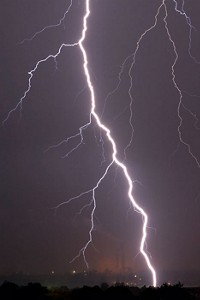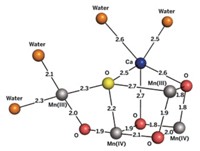Advertisement
Grab your lab coat. Let's get started
Welcome!
Welcome!
Create an account below to get 6 C&EN articles per month, receive newsletters and more - all free.
It seems this is your first time logging in online. Please enter the following information to continue.
As an ACS member you automatically get access to this site. All we need is few more details to create your reading experience.
Not you? Sign in with a different account.
Not you? Sign in with a different account.
ERROR 1
ERROR 1
ERROR 2
ERROR 2
ERROR 2
ERROR 2
ERROR 2
Password and Confirm password must match.
If you have an ACS member number, please enter it here so we can link this account to your membership. (optional)
ERROR 2
ACS values your privacy. By submitting your information, you are gaining access to C&EN and subscribing to our weekly newsletter. We use the information you provide to make your reading experience better, and we will never sell your data to third party members.
Physical Chemistry
HOON’s O–O Bond Is The Longest Yet
Researchers have generated a compound with an O–O bond that’s 32% longer than a typical O–O single bond
by Lauren K. Wolf
December 23, 2013
| A version of this story appeared in
Volume 91, Issue 51
A team led by scientists at the Harvard-Smithsonian Center for Astrophysics has isolated a previously undetected molecule and found that it has the longest oxygen-oxygen bond yet discovered (Science 2013, DOI: 10.1126/science.1244180). Researchers have long known that nitrous acid (HONO) plays an important role in atmospheric chemistry. But most people dismissed the existence of the compound’s isomer, nitrosyl O-hydroxide (HOON), predicting that it wouldn’t be stable, says team leader Michael C. McCarthy. Still, earlier this year a computational study suggested HOON’s plausibility at low temperatures (J. Phys. Chem. A 2013, DOI:10.1021/jp3110858). Following up, McCarthy’s group generated trans-HOON by combining nitric oxide, water vapor, and neon; applying an electrical discharge to the mix; and then cooling the resulting products with a method called supersonic expansion. The researchers detected the never-before-seen HOON with microwave spectroscopy and determined its O–O bond length to be 1.9 Å, 32% longer than a standard O–O single bond, such as the one in hydrogen peroxide (HOOH).




Join the conversation
Contact the reporter
Submit a Letter to the Editor for publication
Engage with us on Twitter